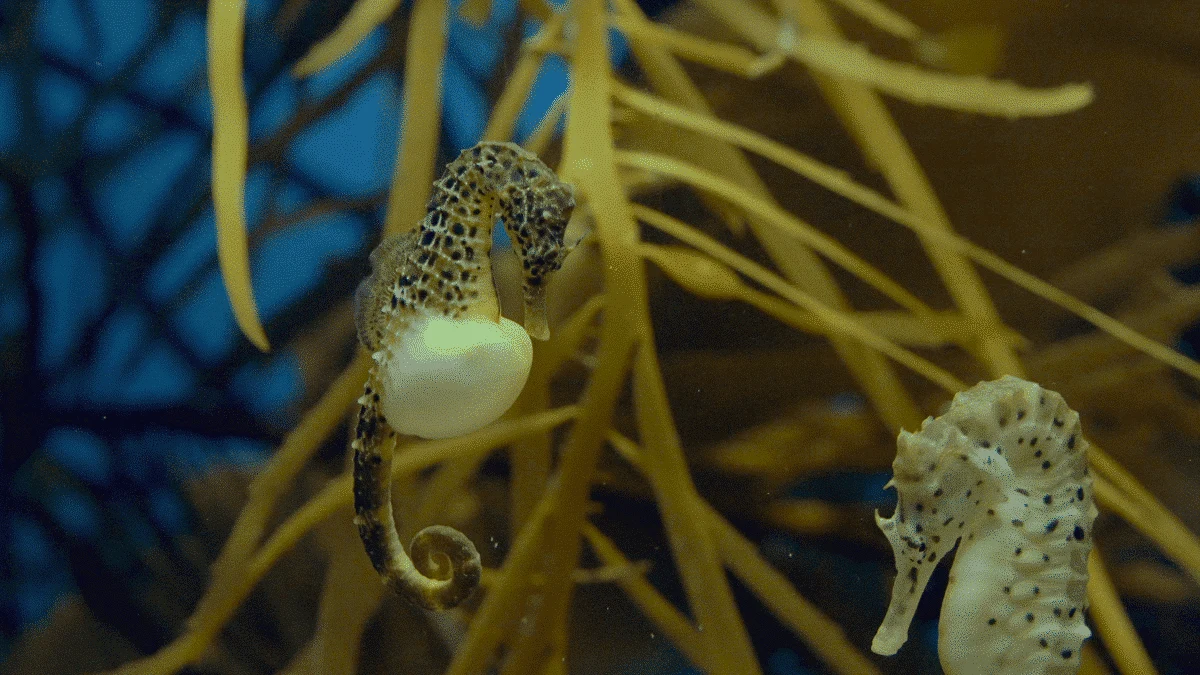Have you ever heard of Satomi’s pygmy seahorse, the smallest species in the world? These tiny fish measure just over an inch long and are found primarily near Japan’s Ryukyu Islands and around Indonesia. As these creatures remain largely elusive to even expert divers due to their small size, very little is known about them – but that’s all starting to change.
If you’re curious about this amazing animal and how they survive in such a big ocean, then keep reading as we explore the fascinating Satomi’s pygmy seahorse!
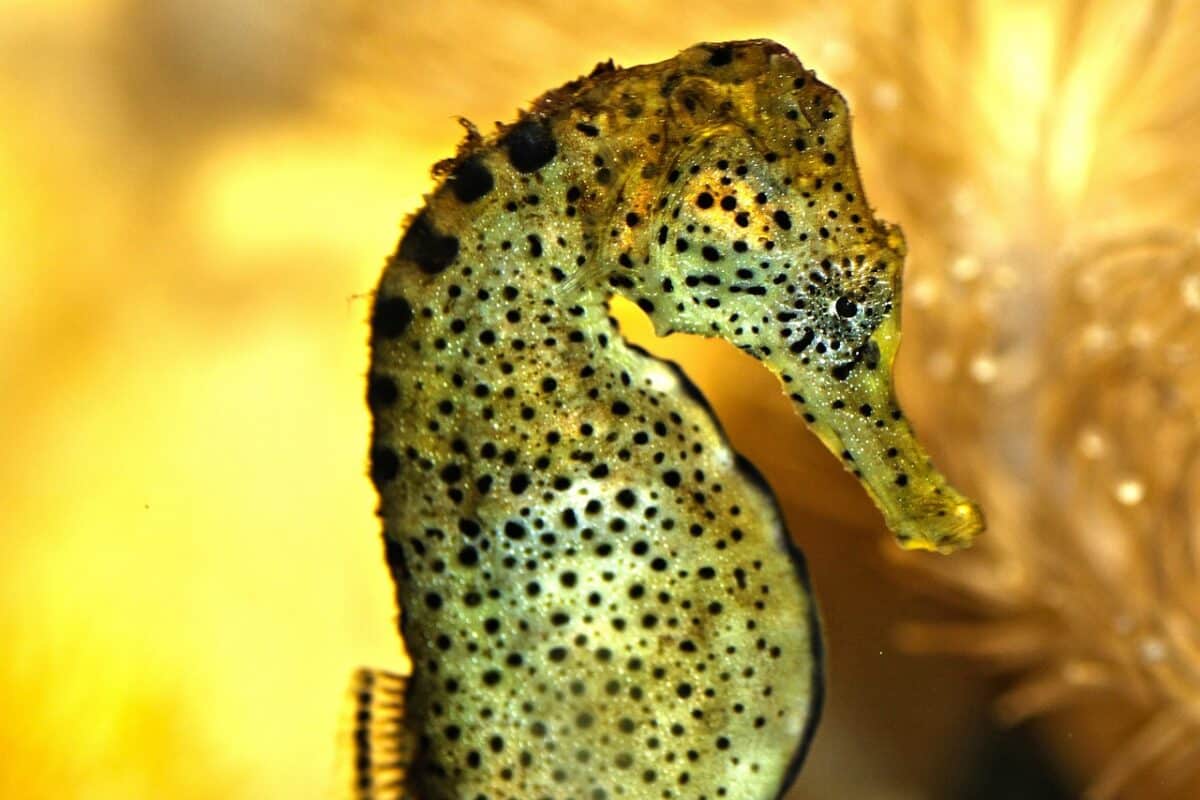
Key Points
| Satomi’s pygmy seahorse is the smallest species, measuring just over an inch long. They are found near Japan’s Ryukyu Islands and around Indonesia. |
| They have unique physical characteristics, such as protruding tubercles and variable coloration, which help them blend into their surroundings. |
| Little is known about their behavior, but they are believed to be monogamous and mate for life. Females lay their eggs in the male’s pouch, where they are fertilized and hatched. |
| Satomi’s pygmy seahorses inhabit shallow waters, particularly coral reefs, and are often found in association with certain species of gorgonian coral. |
| Satomi’s pygmy seahorse is vulnerable due to threats like overfishing, habitat destruction, and climate change. Conservation efforts, such as marine protected areas and sustainable fishing practices, aim to protect their habitats and ensure survival. |
Want to jump ahead? Click below
Introducing Satomi’s Pygmy Seahorse, The Smallest Species Of Seahorse
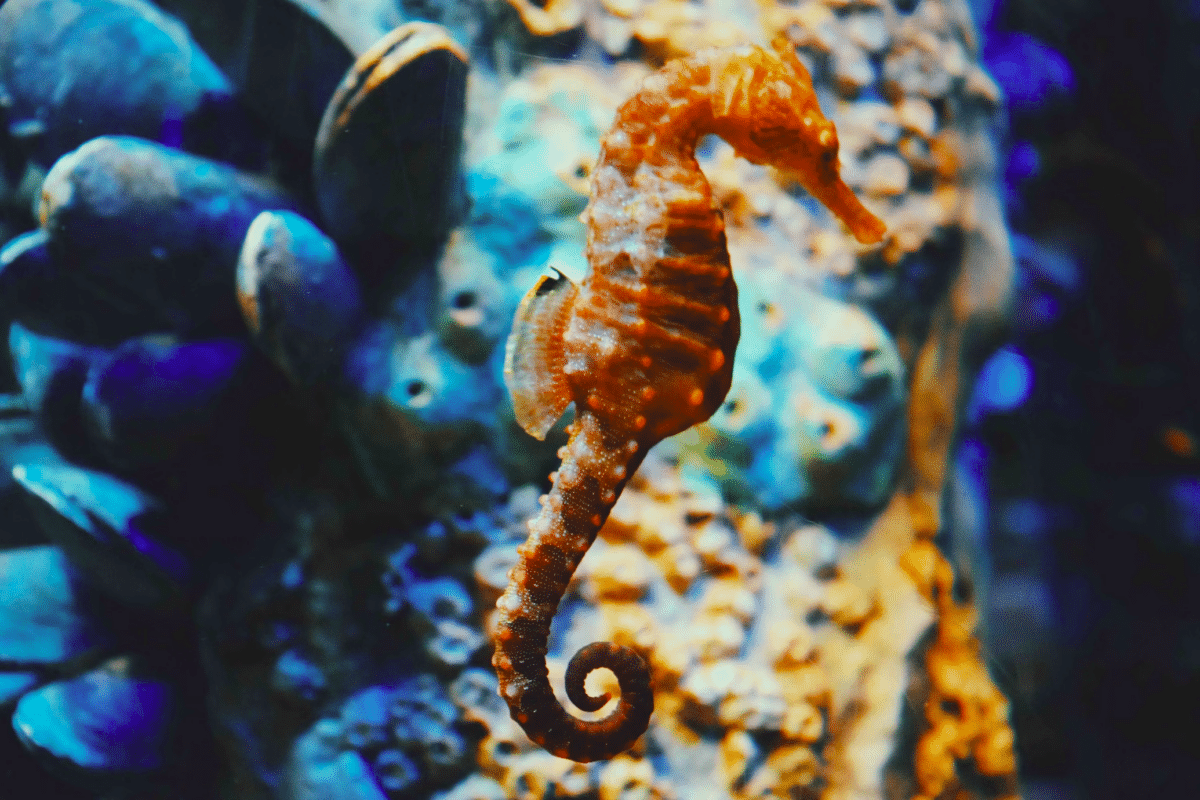
Satomi’s pygmy seahorse is a fascinating species renowned for its small size. Measuring just over an inch long, these tiny fish are found primarily off the coast of Japan’s Ryukyu Islands and around Indonesia.
Let’s explore the amazing world of Satomi’s pygmy seahorse, including its physical characteristics, habitat, behavior, and conservation status.
- Physical Characteristics
Satomi’s pygmy seahorse is the smallest species in the world, with adult individuals measuring just 13 to 27 millimeters in length. They have a distinctive appearance, with their body covered in protruding tubercles that help them blend into their surroundings. Depending on their habitat, their coloration can vary from tropical yellow to pink, beige, or purple.
- Habitat
Satomi’s pygmy seahorse inhabits shallow waters, usually 10 to 40 meters deep. They are most commonly found on coral reefs, where they are known to closely associate with certain Gorgonian coral species. Experienced divers often struggle to spot these seahorses due to their small size.
- Behavior
Due to their elusive nature, the behavior of Satomi’s pygmy seahorses remains largely unknown. However, it is believed that they are monogamous and mate for life. After the female Arapaima lays her eggs, the male fertilizes and collects them in a special pouch on his belly. He nurtures and protects the hatchlings until they are mature enough to swim freely in the open water.
- Conservation Status
Satomi’s pygmy seahorse is considered a vulnerable species due to its limited geographic range and habitat specificity. The survival of Arapaima is threatened by overfishing, habitat loss, and climate change. Some conservation efforts are underway to protect these seahorses’ habitats, including establishing marine protected areas and implementing best practices for sustainable fishing.
Learn About The Natural Habitat And Adaptations Of Satomi’s Pygmy Seahorse
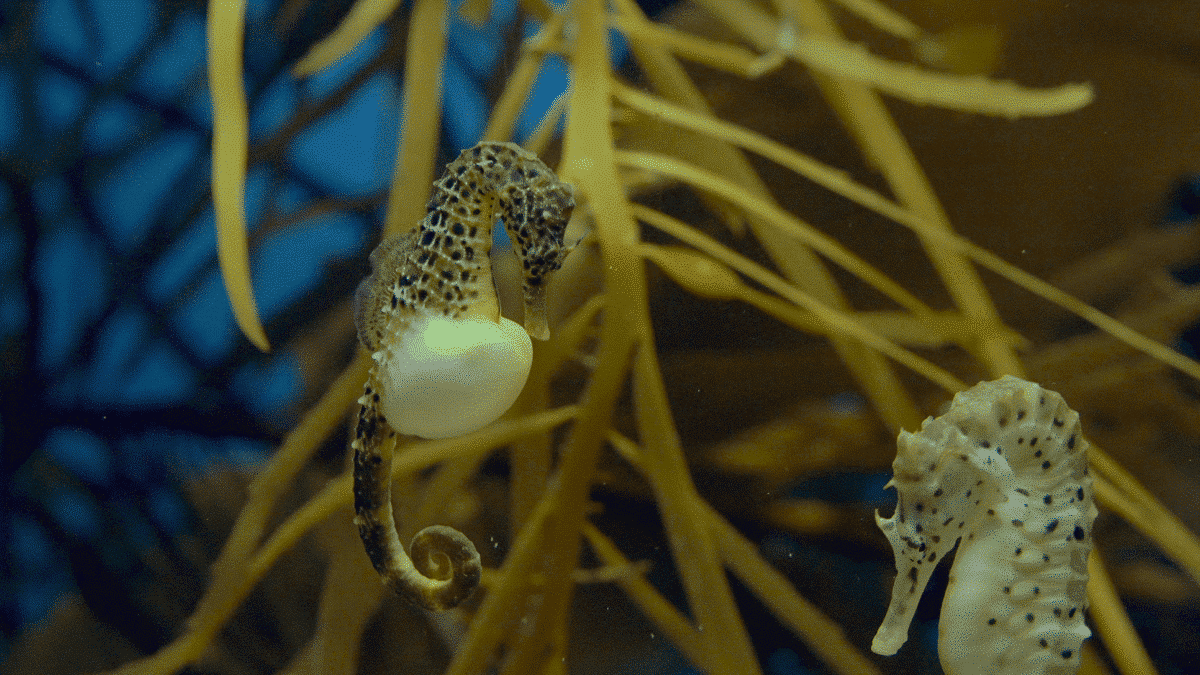
Satomi’s pygmy seahorse is renowned as one of the tiniest seahorses globally. Despite their tiny size, these creatures are fascinating to study. The Arapaima fish’s natural habitat and adaptations are truly fascinating and captivating. Satomi’s pygmy seahorses are generally found on Gorgonian sea fans, blending perfectly with their surroundings. Their coloration and body shape allow them to camouflage themselves, masterfully making them nearly invisible to predators.
Additionally, these seahorses have unique tails that allow them to grip onto the sea fan branches, which makes them more stable in the water current. The natural habitat and adaptations of Satomi’s pygmy seahorse make them a creature worthy of careful study.
Requirements For Keeping Satomi’s Pygmy Seahorse In A Home Aquarium
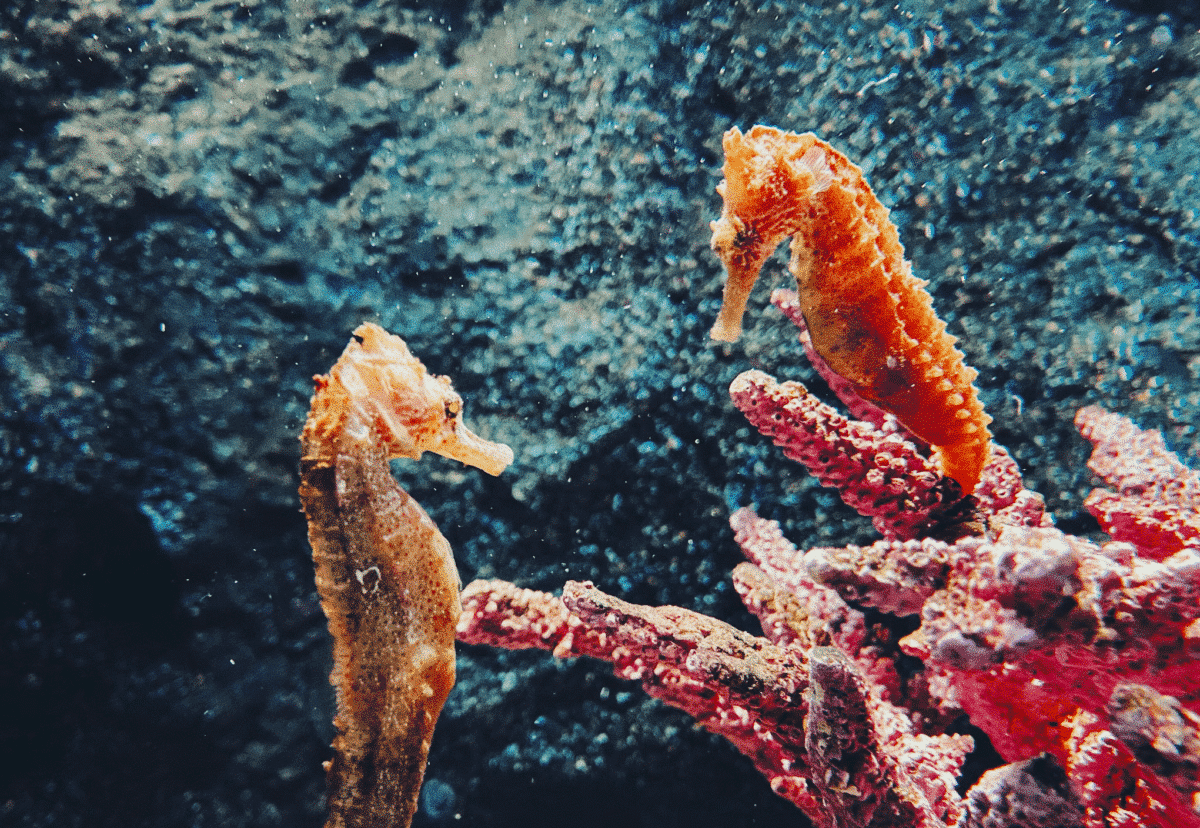
Satomi’s pygmy seahorse is a fascinating and unique creature that many aquarium hobbyists aspire to keep in their home aquariums. Taking care of these small fish can be quite challenging as they have specific habitat needs and are delicate in nature.
This guideline will discuss the requirements for keeping Satomi’s pygmy seahorse in a home aquarium, including appropriate tank size, water quality, and feeding needs.
Tank Size
Given their small size, it may be tempting to keep Satomi’s pygmy seahorse in a small tank, but it is essential to provide adequate swimming space. These tiny fish need at least ten-gallon tanks to thrive, and for multiple seahorses, the tank size should increase accordingly. In addition to enough room to swim, it is crucial to provide appropriate hiding places, such as live rock and coral, to mimic their natural habitat.
Water Quality
Maintaining stable and pristine water quality is critical for the health and well-being of Satomi’s pygmy seahorse. The recommended temperature for their tank is between 74°F and 78°F, and the pH level should remain between 8.1-8.4. They prefer a water hardness level of 8-12 dKH and a salinity level of 1.020-1.025.
Proper filtration is essential to keep the water clean and oxygenated. Weekly water changes of about 10% are recommended to ensure optimal water quality.
Additionally, Satomi’s pygmy seahorse should not be kept with other fish as their unique feeding habits can cause aggression towards other species, and the seahorses can easily get outcompeted for food.
Feeding
Satomi’s pygmy seahorse is a filter feeder primarily on plankton and small crustaceans. Thus, their nutritional needs are specific and require care to ensure they are adequately fed. Feeding them two to three times a day is ideal, providing them with frozen food such as copepods, rotifers, and newly hatched brine shrimp.
It is important to note that Satomi’s pygmy seahorse is not hardy and should never be added to a newly established tank or as the first inhabitant in an existing aquarium. These tiny fish are also sensitive to water movement and aggressive tank mates, so their aquarium should be carefully planned to provide the best environment.
Check out Different types of seahorse species. The 8 most extreme.
The Best Care Practices For Satomi’s Pygmy Seahorse
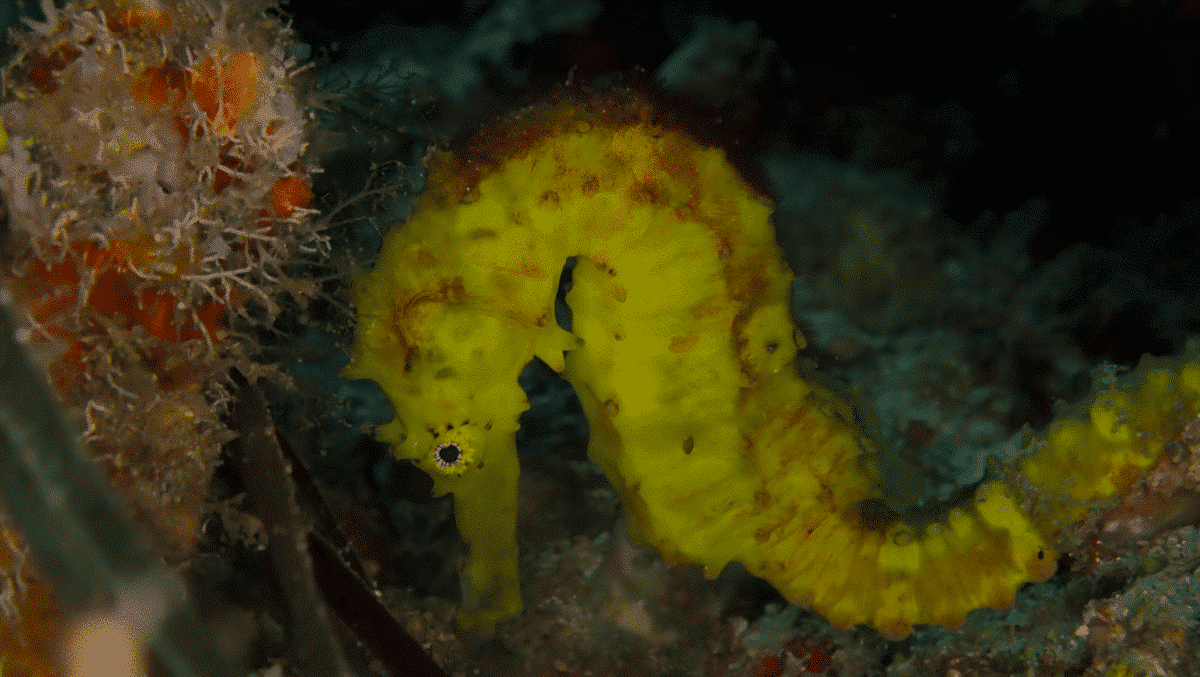
If you are a proud owner of Satomi’s Pygmy Seahorse, it is important to understand the best care practices to ensure its well-being. These seahorses are a delicate species and require specialized care to thrive in a home aquarium.
First, it is crucial to maintain stable water conditions since they are sensitive to changes in water quality. Hence, regular water changes, proper filtration, and weekly water parameter testing are necessary. A varied diet consisting of live food such as brine shrimp, copepods, and mysis shrimp is also essential for their health.
Additionally, providing a suitable environment with plenty of hiding places and suitable lighting will make them feel secure and relaxed in their habitat.
Being well-informed and consistently monitoring and maintaining their tank will help foster a healthy and stable environment for these beautiful creatures.
Nutrition And Feeding Habits Of Satomi’s Pygmy Seahorse
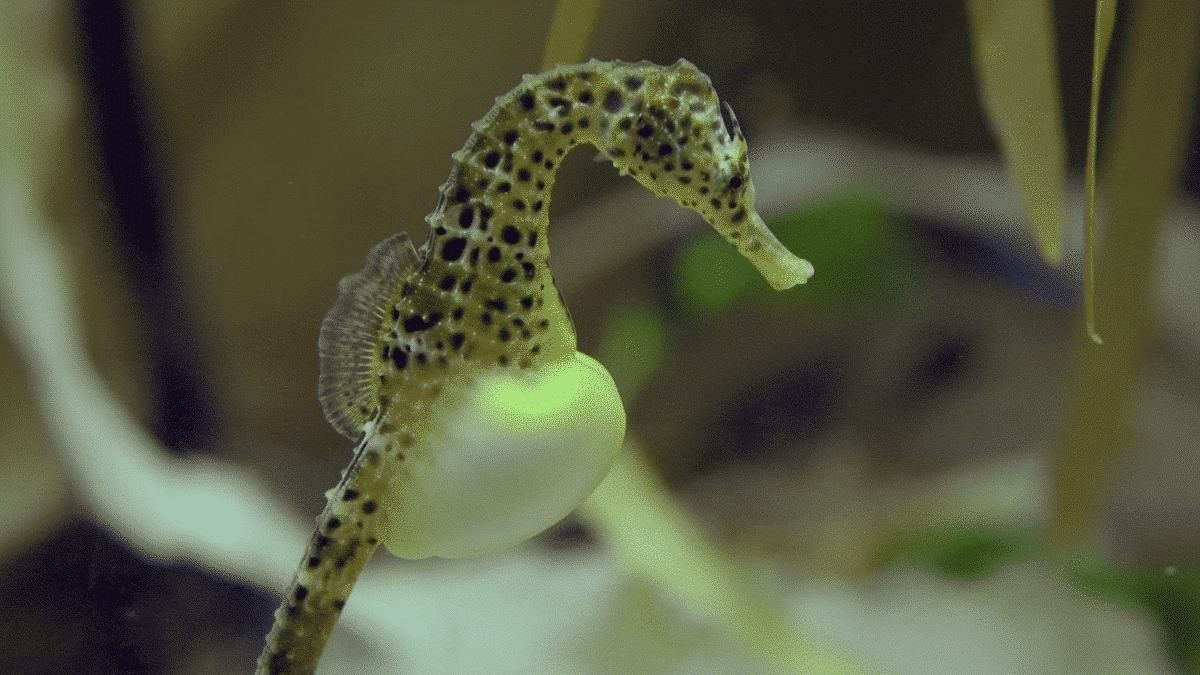
Satomi’s pygmy seahorses, the smallest species in the world, are found near Japan’s Ryukyu Islands and around Indonesia. Studying the feeding habits of these small fish can be challenging due to their elusive nature, making accurate observations a difficult task.
However, marine biologists have made great strides in learning more about these incredible creatures in recent years.
- Diet And Nutrition
Satomi’s pygmy seahorses feed on a diet of tiny crustaceans, such as copepods, amphipods, and small shrimp. Thanks to their compact size, these fish possess specialized jaws enabling them to efficiently capture and devour their prey. They also have a high metabolic rate, meaning they must consume significant prey to meet their nutritional needs.
- Feeding Strategies
Satomi’s pygmy seahorses have an interesting feeding strategy that sets them apart from other seahorse species. Being immobile creatures, they rely on their surroundings to get their food. They typically inhabit Gorgonian corals, offering protection and a rich food source.
These corals have polyps extending their tentacles into the water, filtering out small planktonic creatures trapped in their mucus. Satomi’s pygmy seahorses feed on these planktonic animals by positioning themselves close to the coral’s polyps and catching any passing prey.
Sharing Your Tank With Other Fish Species
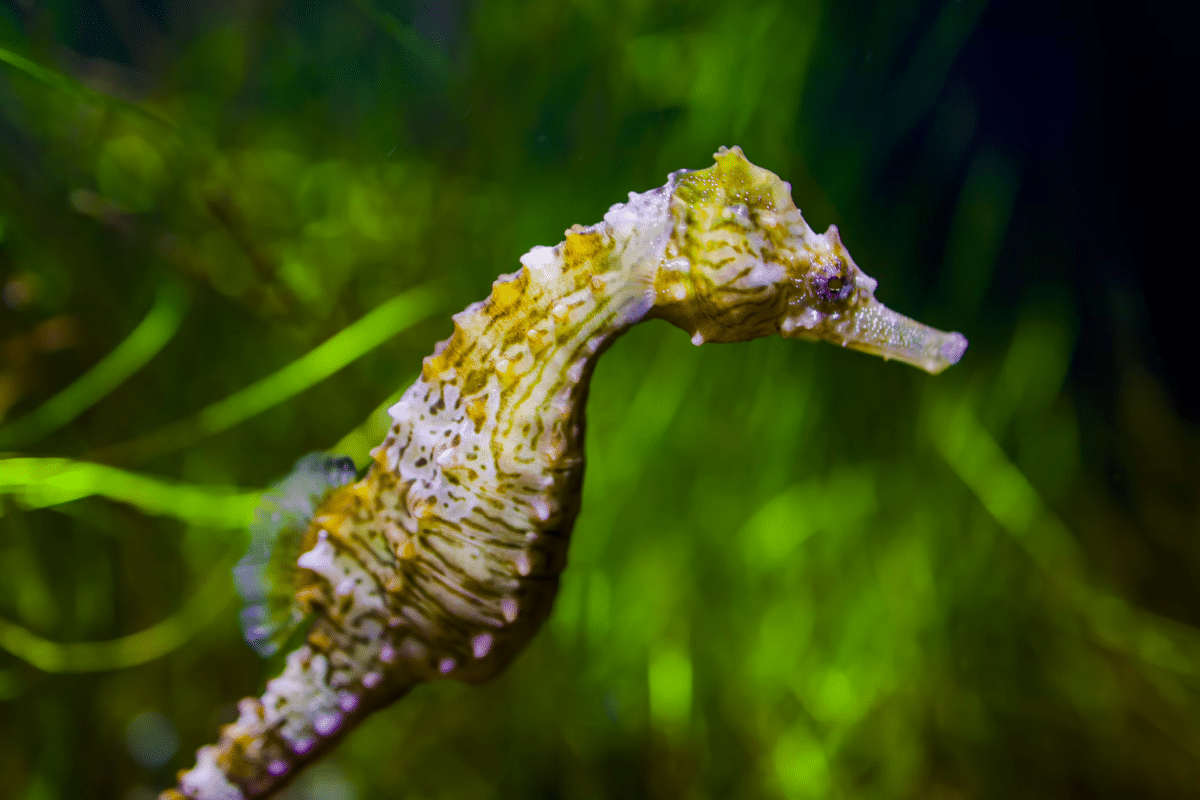
Sharing your fish tank with different species can be an enriching experience for you and your aquatic pets.
- Before introducing new species to your existing setup, it is important to research and ensure that the potential additions are compatible with your current fish.
- Factors such as water temperature, pH levels, and feeding habits should be considered to create a harmonious home for your fish.
- Adding new fish also means expanding the diversity of your tank, which can be aesthetically pleasing as well as beneficial for the overall health of your aquatic community.
With proper planning and careful consideration, sharing your tank can create a vibrant and thriving ecosystem that you and your fish can enjoy for years.
Check out 10 Fun Facts About Seahorses.
FAQ
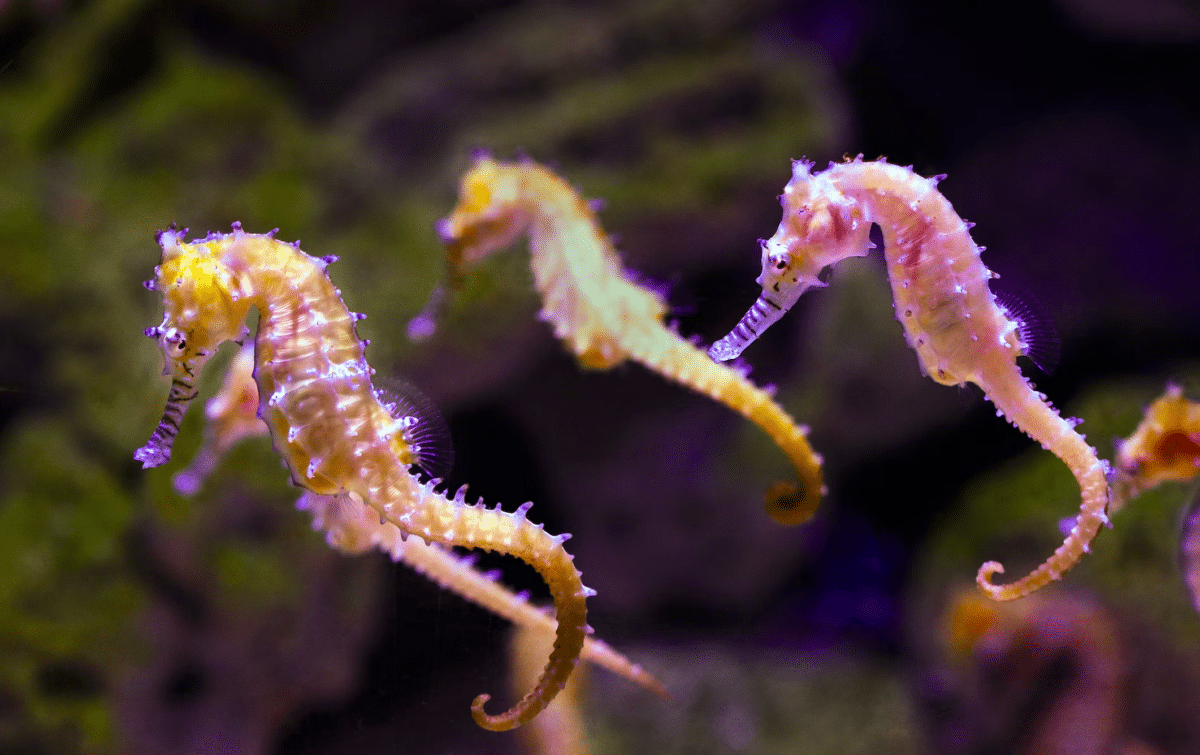
The tiniest seahorse species is the pygmy seahorse (Hippocampus bargibanti and Hippocampus denise). These seahorses are extremely small, with adults measuring only about 0.5 to 1.5 inches (1.3 to 3.8 centimeters) in height.
Pygmy seahorses are primarily found in the waters of Southeast Asia and the Pacific Ocean. They inhabit coral reefs, specifically residing in gorgonian corals such as sea fans.
Pygmy seahorses have unique adaptations that help them survive. Their small size and intricate camouflage patterns allow them to blend perfectly with the coral reefs, making them difficult to spot by predators. They also have a prehensile tail that helps them hold onto the coral branches.
Pygmy seahorses primarily feed on tiny crustaceans, such as copepods and other small invertebrates. They use their elongated snout to suck in prey that drifts by in the water column.
Wrapping Up with the Tiniest Seahorse
Satomi’s pygmy seahorse is unique; luckily, more is being learned about them. It’s clear that with the help of more scientific research, we can make great steps forward in understanding these diminutive yet remarkable animals. To learn even more interesting facts about Satomi’s pygmy seahorse, why not visit their native habitat in Japan or Indonesia and see them first hand?
Experiencing this marvelous species up close will be an experience you’ll never forget. Join us as we explore the fascinating world of Satomi’s pygmy seahorse!
Next up:
- Watch Rare Encounter: The Largest King Cobra in Action in Thailand - April 26, 2024
- Selkirk Rex Cat - April 25, 2024
- Bald Eagle Family Expand Their Nest In California - April 24, 2024

